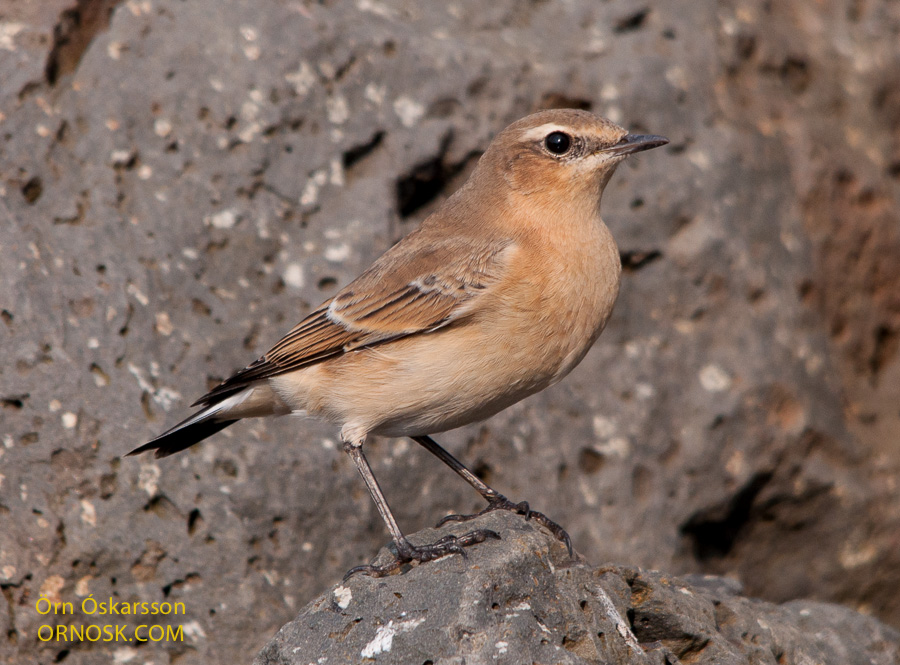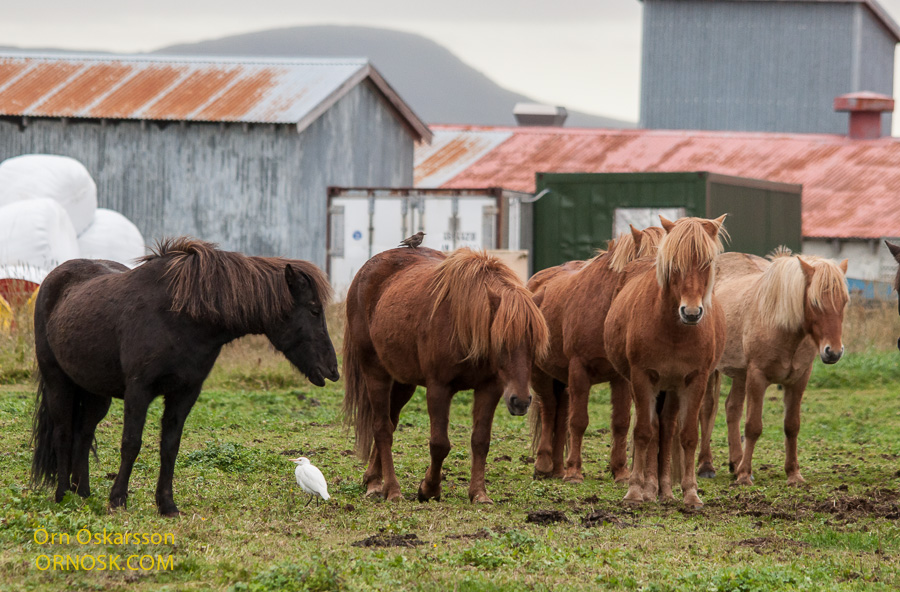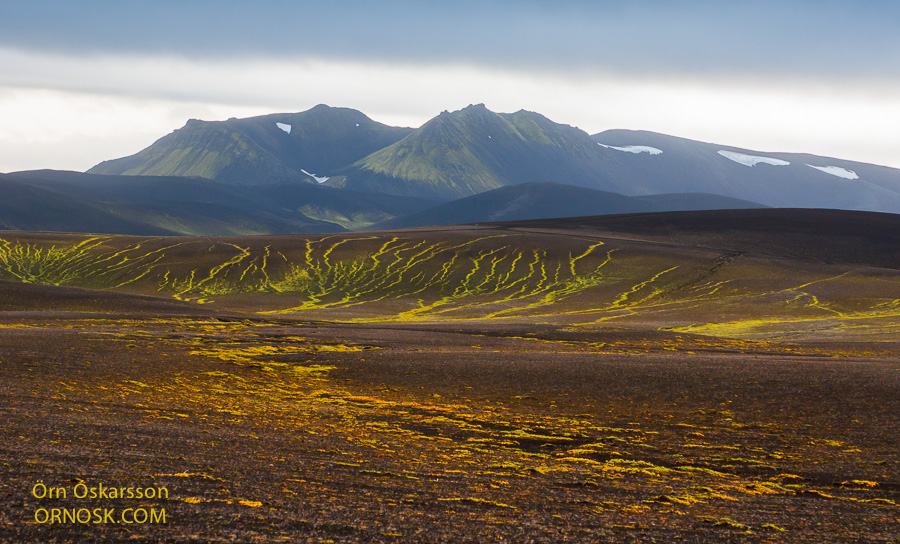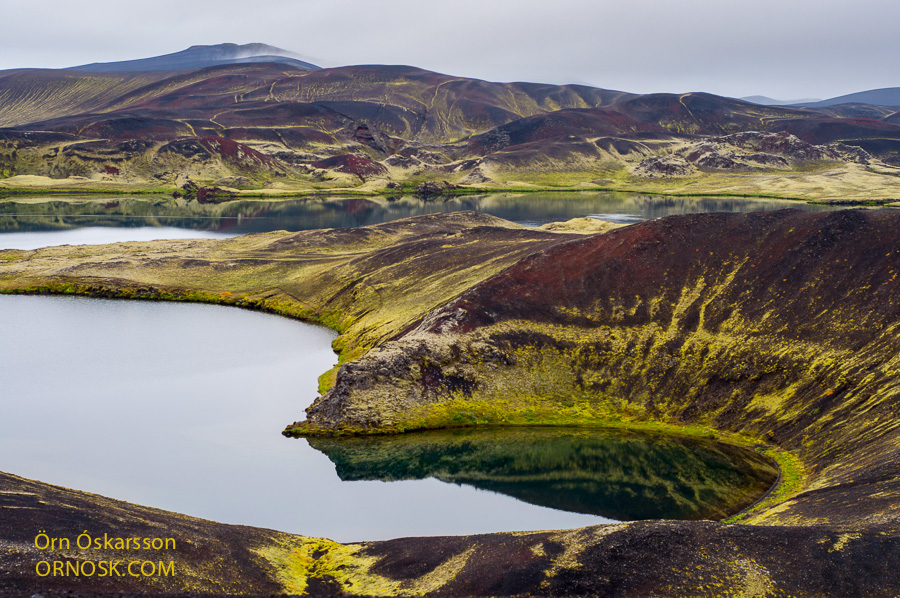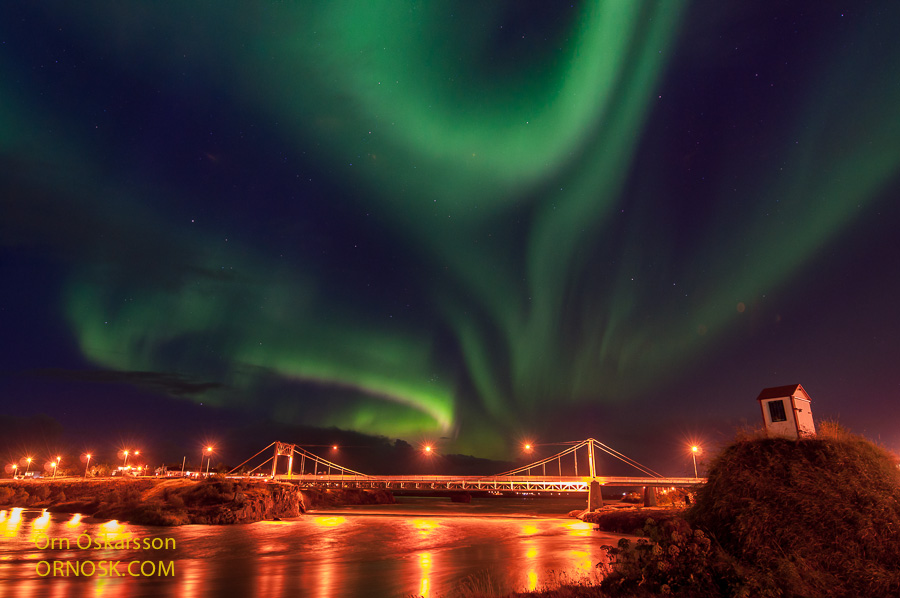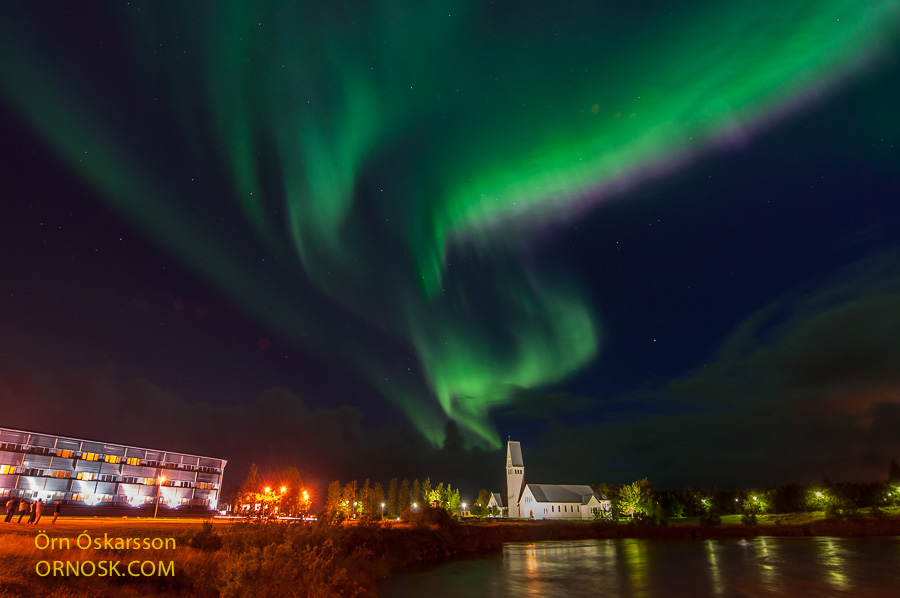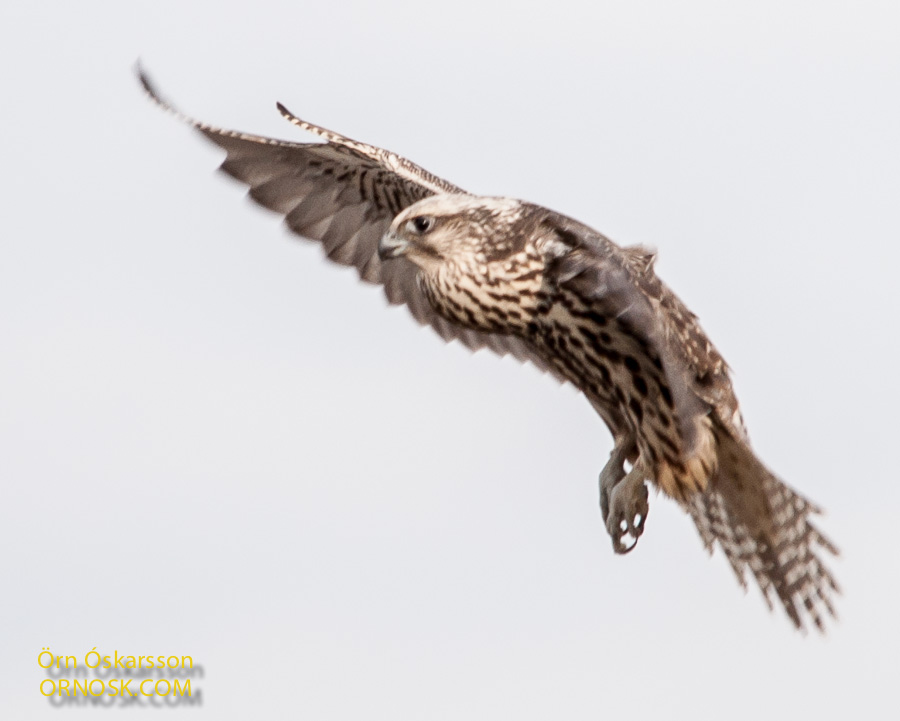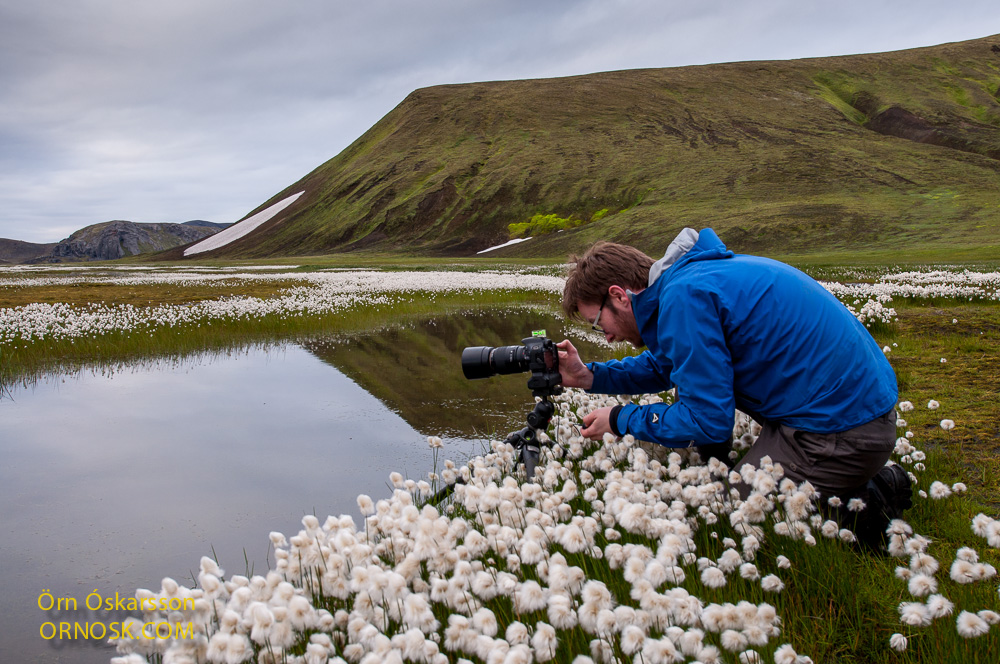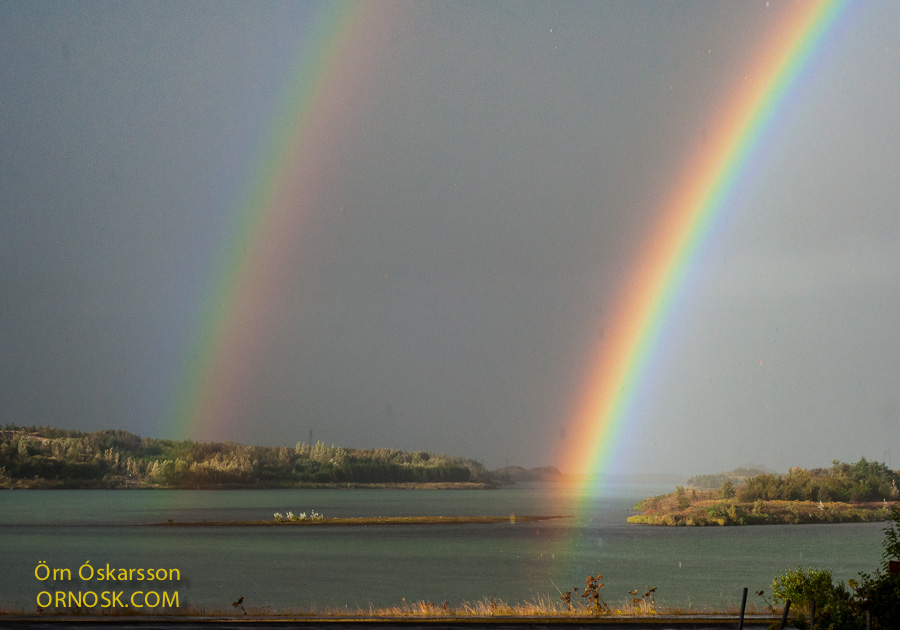
Monthly Archives: September 2015
Luminescent colours
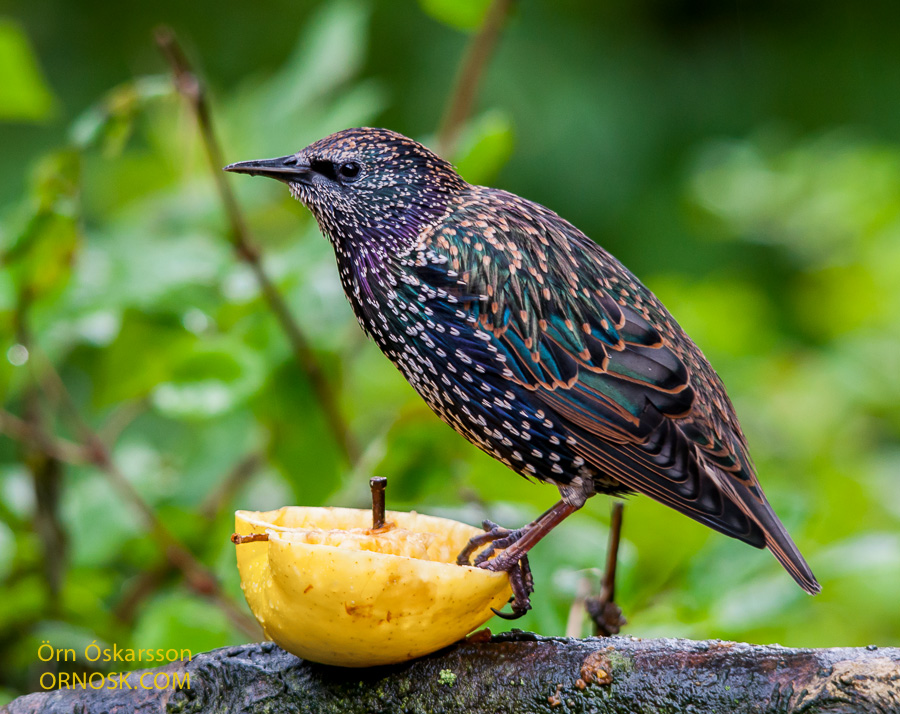
It is autumn and we have started putting out apples for the birds. There is no way to chose the ones the come to feed in the garden and the Starling is quite common here. This is the first apple this autumn and with the Starlings around it was finished within an hour.
Why does the Starling have such a bad reputation? Is it not a beautiful bird? Not many sport such luminescent blue and green colours.
Early in the morning
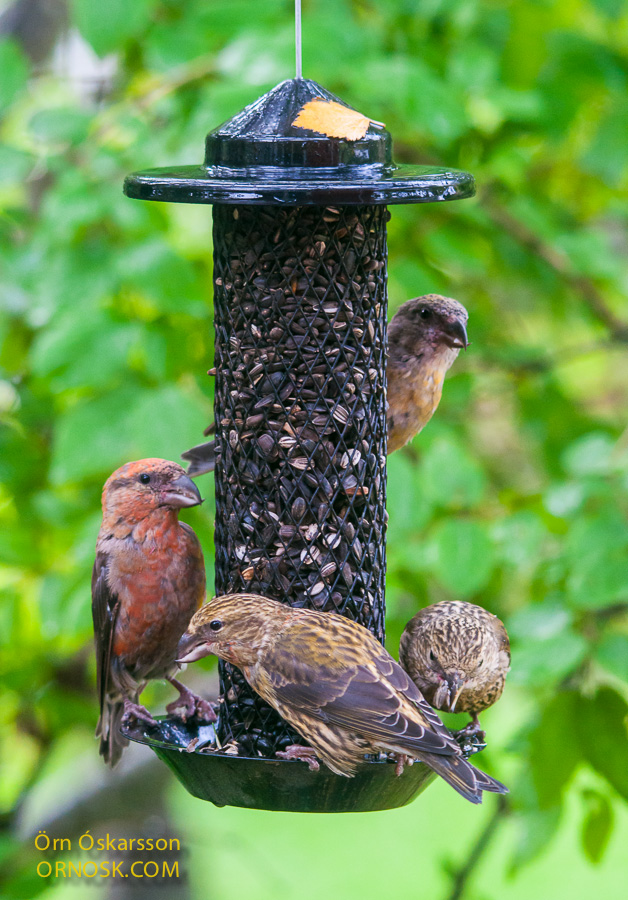
This Common Crossbill pair was here in the beginning of summer with three chicks. They are in the garden again, now with two other chicks. Early in the morning they come to eat the sunflower seeds that we put out for our feathered friends. These former vagrants have in the past six to seven years made Iceland their home.
Cattle Egret
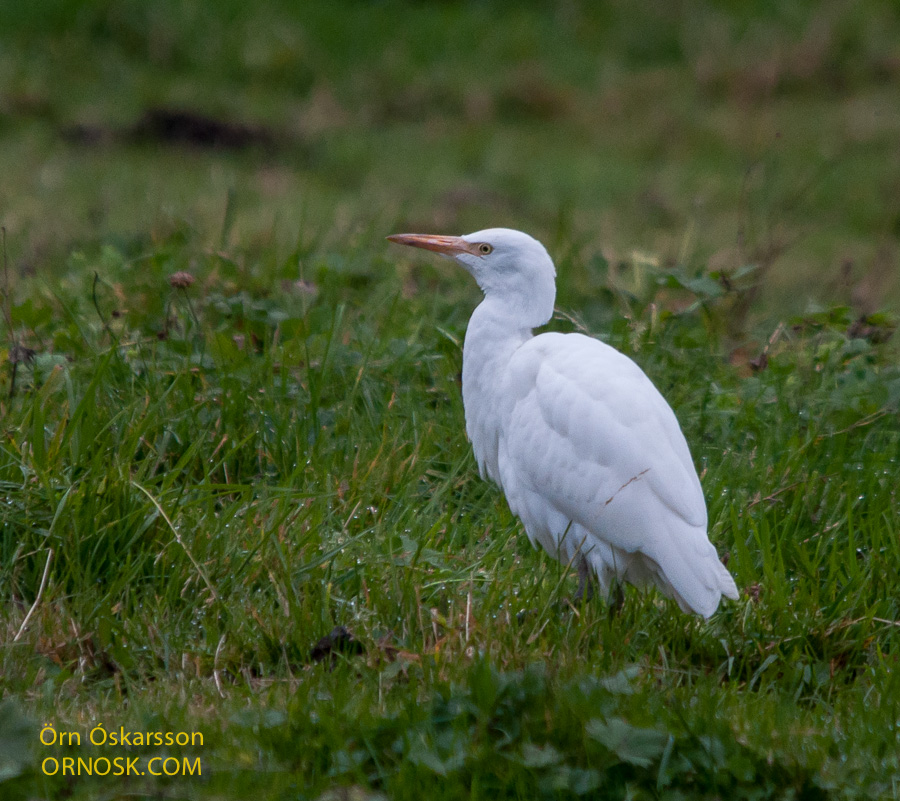
Cattle Egerts (Bubulcus ibis) are breeding birds en the southern most parts of Europe and also in the southern states of North America. This Cattle Egret was first seen in Ölfus in South Iceland September 14.
The Cattle Egret is a very rare vagrant in Iceland and this is only the seventh time it is spotted here. It eats insects and is often seen in dry grassland and plains, preferably where there is life stock, cattle or other big grass eating animals. The Cattle Egret in Ölfus is in the company of some horses and was seen there this morning, September 22.
Autumn colours
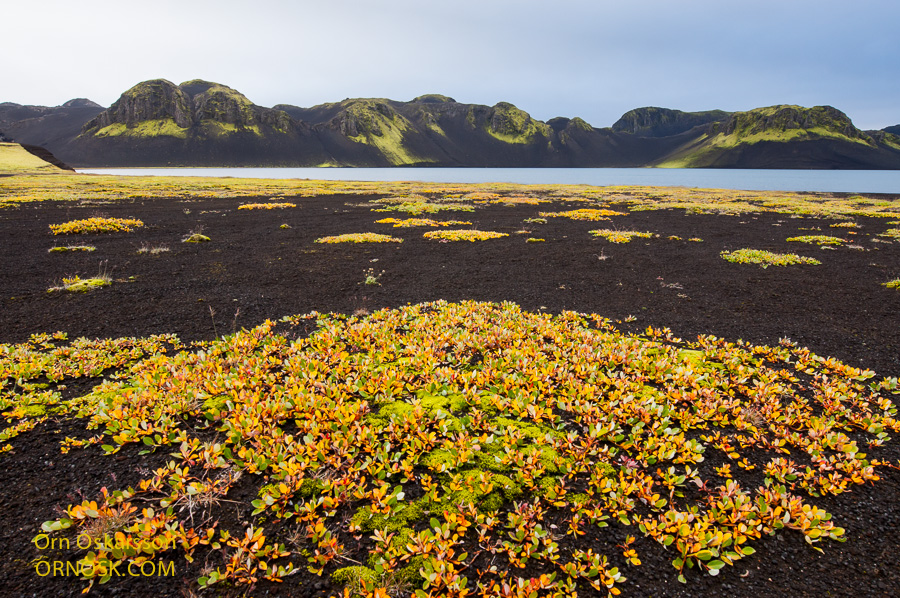
Autumn is beginning to show. Highland vegetation has started to wilt, bringing us colours in a multitude of shades and hues. The orange colours of the willow and the light green colour of the moss go well with the black sand. These colours will not stay for long. Soon it will start snowing and the white snow will cover the vegetation until next spring when everything comes alive again.
From Veiðivötn in the Southern Interior
Strong and bright Northern Lights
This evening the Northern lights over Selfoss were so strong and bright that the lights from the town did not affect them. A group of people had gathered, many of them tourist, and the atmosphere was filled with excitement. Every time the lights danced across the sky you could hear people applause, and I did too.
Info on Northern Lights on Wikipedia: https://en.wikipedia.org/wiki/Aurora
Young Gyrfalcons
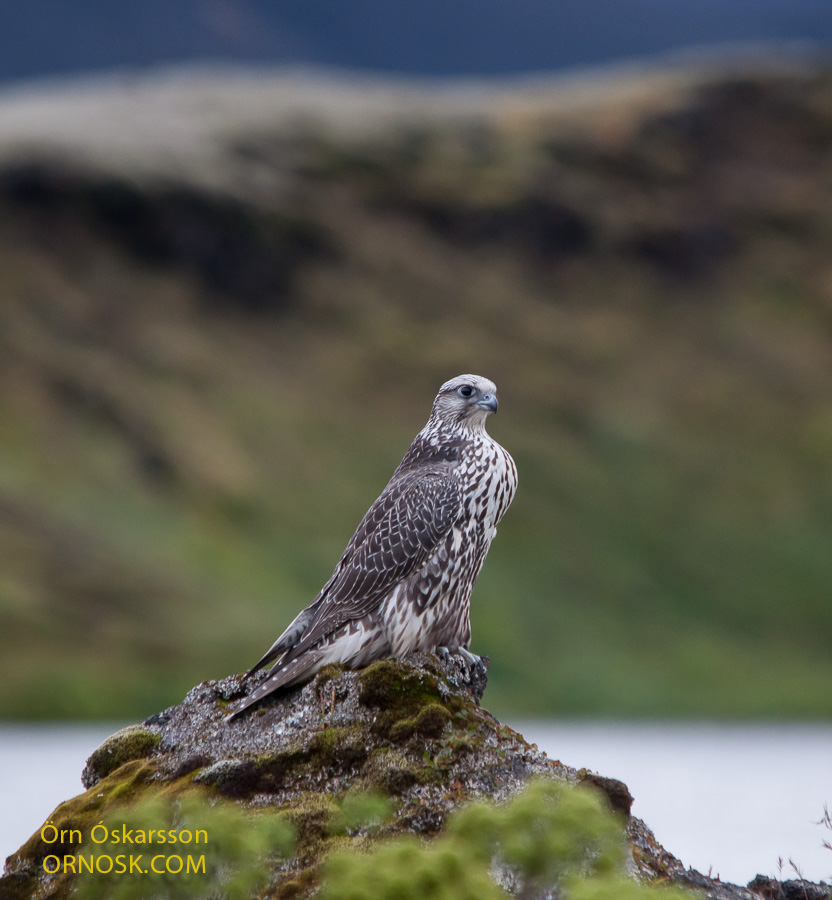
The Gyrfalcon is not a common breeding bird in Iceland so seeing one is always a treat. Estimated number of breeding pairs is 300. They are more common in the North but can be spotted all over the country. Their numbers are determined by the numbers of Ptarmigan which is their main food although they hunt most birds.
The two Gyrfalcon siblings that I came across had killed a Pink-footed Goose and were busy eating it. They did not want to leave their prey which made photographing them not to difficult.
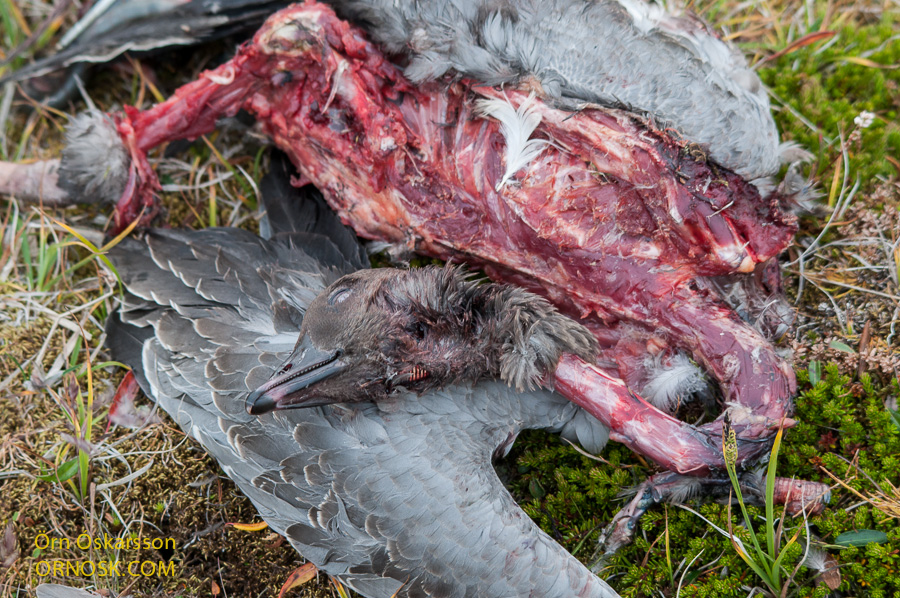
Fjallabak Nature Reserve
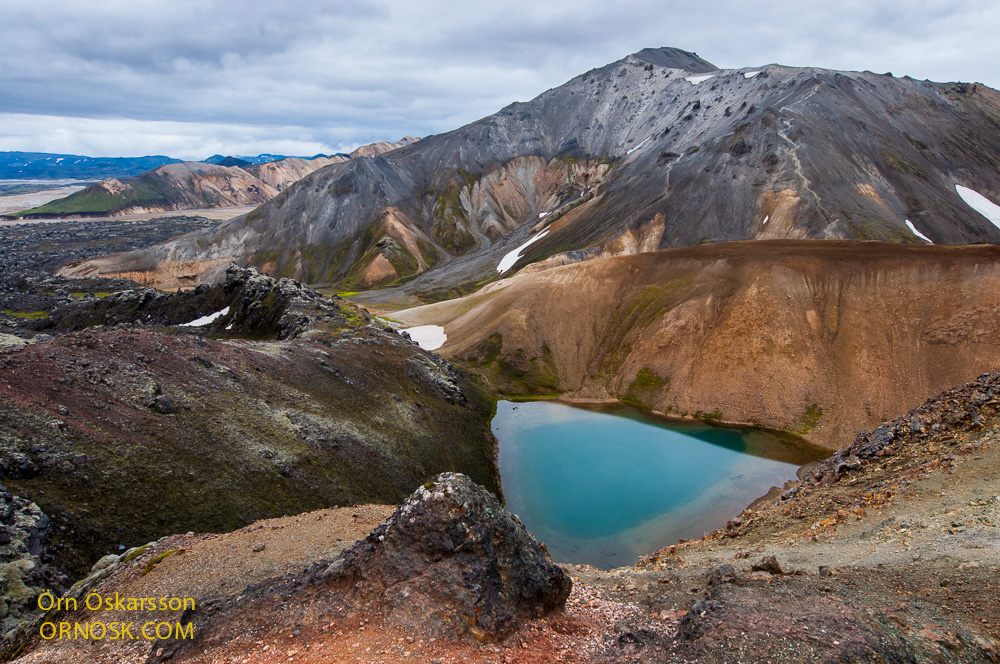
The scenery in the Icelandic highlands is magnificent in all its diversity and colours. Barren black desert sands and multicoloured mountains are a fascinating attraction. Fjallabak Nature Reserve is one of the places that many visit and not without reason. It is famous for its natural geothermal hot springs and colourful rhyolite mountains.
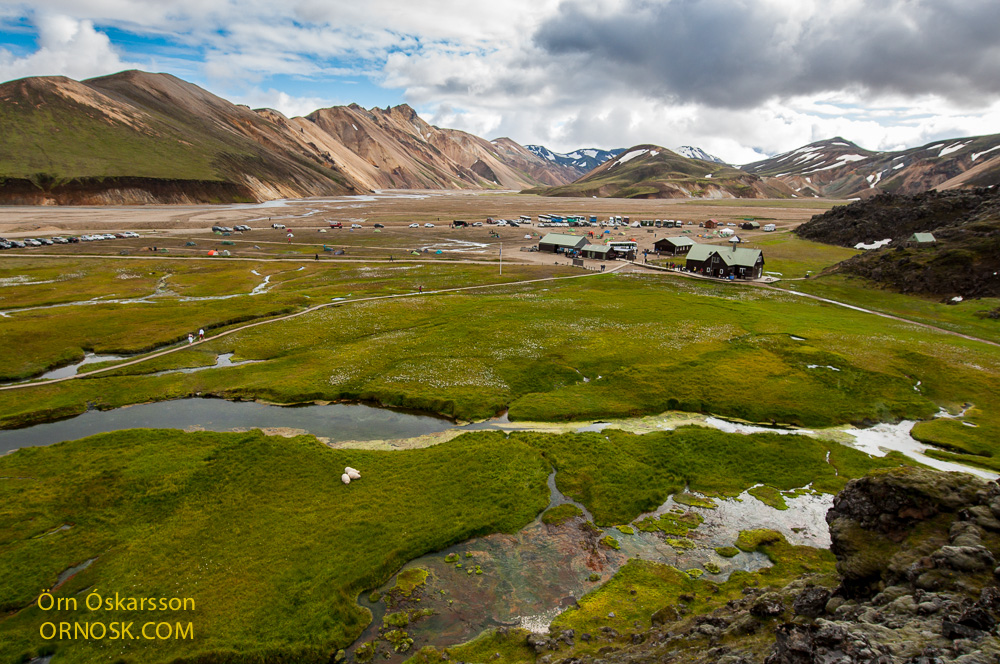
Landamannalaugar is a very popular destination, at the beginning of the hiking trail Laugavegur. Lots of people come there and enjoy a bath in the hot springs.
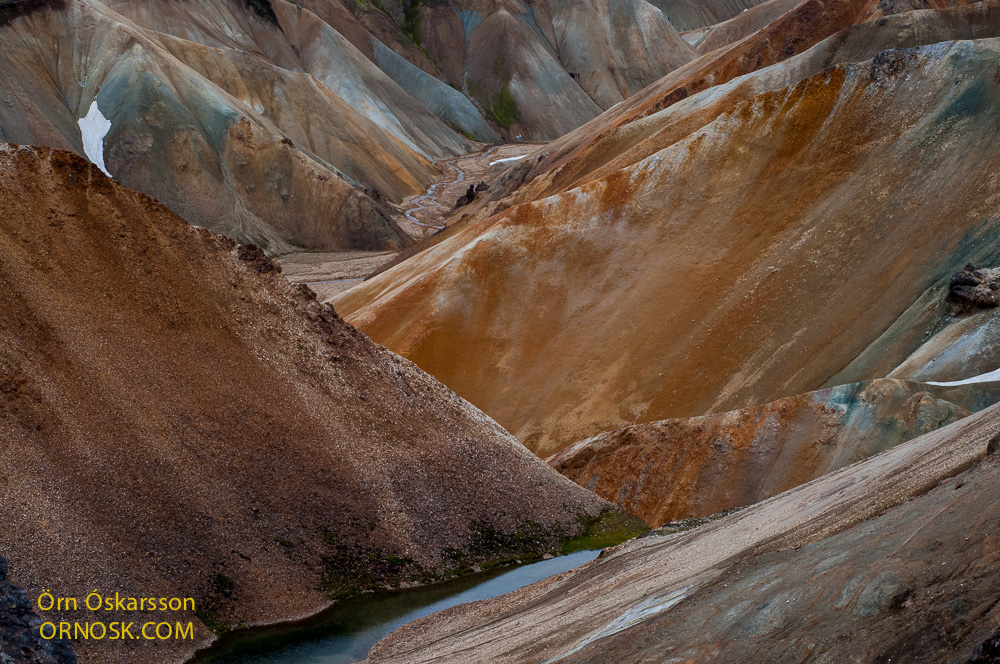
The route to the area is rather rough and not recommended for small cars.
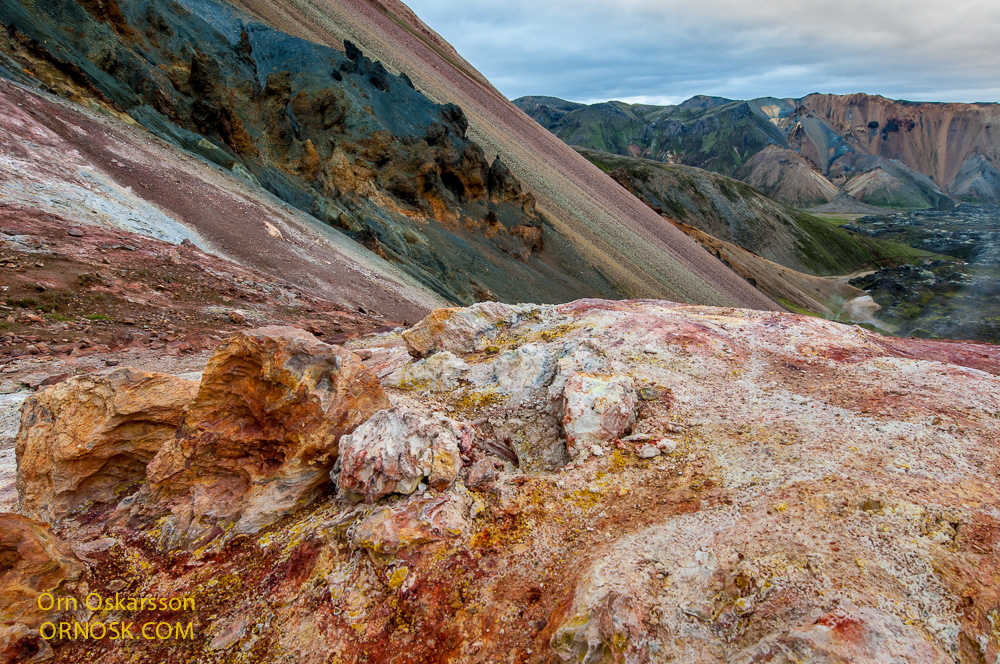
White cottongrass in abundance
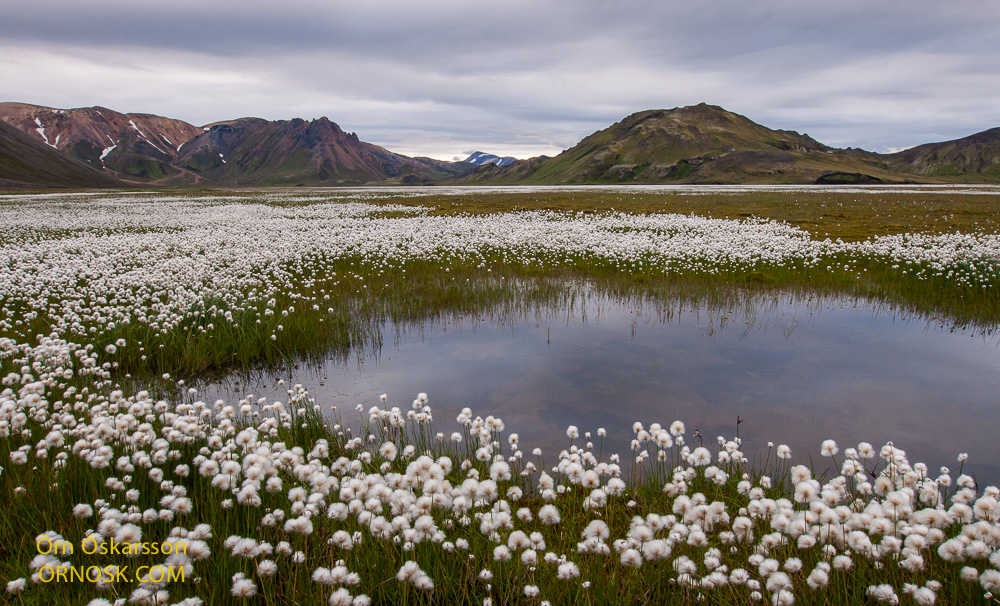
From far off you can easily mistake white cottongrass (Eriophorum scheuchzeri) for snow. Its beautiful white fields are very prominent in the scenery. Here in Kýlingar, near Landamannalaugar in the Southern Interior, white cottongrass grows in the fertile soil from a former glacial river. 40 years ago there used to be a lake here that has been filling up with mud and clay from the river. Now we have this beautiful wetland with shallow crystal clear creeks and cotton grass growing luxuriantly.
The bird life in the spring is probably an interesting sight but it is not an easy place to visit because the roads usually do not open until late June or beginning of July.
The Landmannalaugar area attracts a lot of tourists in the summer time. For photographers it is exceptional in its diversity and colours. Here is Atli photographing, visit his Flickr page: https://www.flickr.com/photos/atlapix/
Small birds flying South
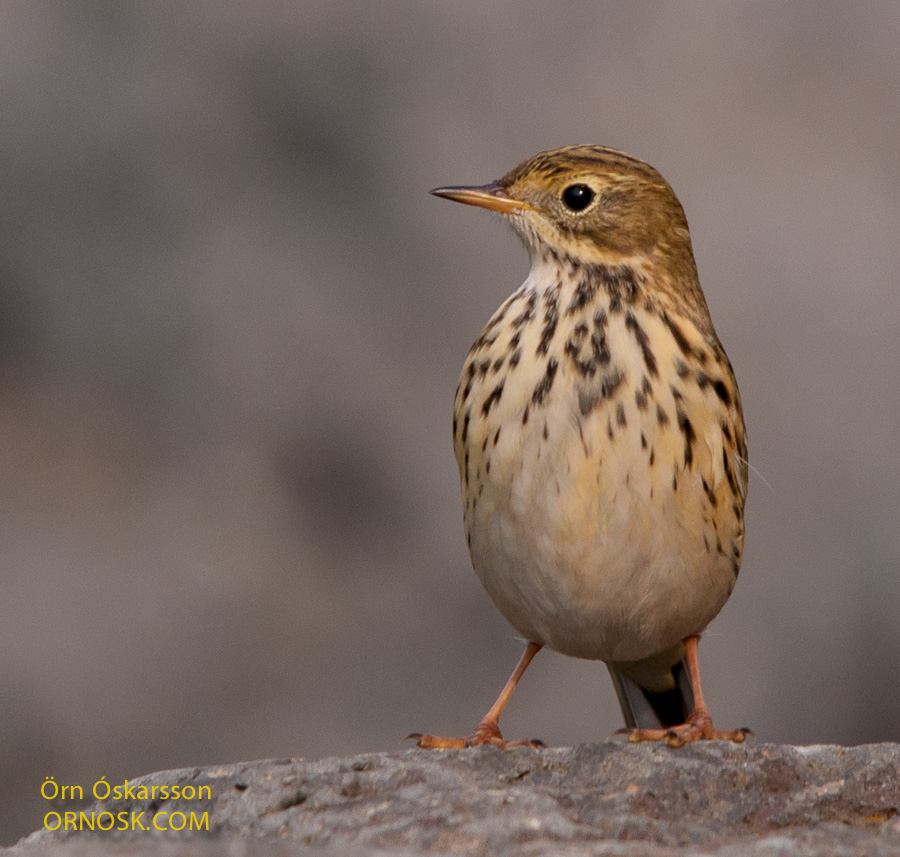
In the last few days flocks of small birds, such as Meadow Pipits, Wheatears and Wagtails, have flown off in a southerly direction. Most of them are on their way to Africa or Southern Europe. These species do not stay in Iceland during winter. They are insect eaters and have no other choice than to head south to a warmer climate to survive. In the best of circumstances the estimated flight time to the nearest European countries is at least 24 hours. Many to do not reach their destination and perish on the way.
These photoes were taken at the beach by Eyrarbakki, South Iceland, where huge flocks could be seen, waiting for favourable winds to take them on their way.
